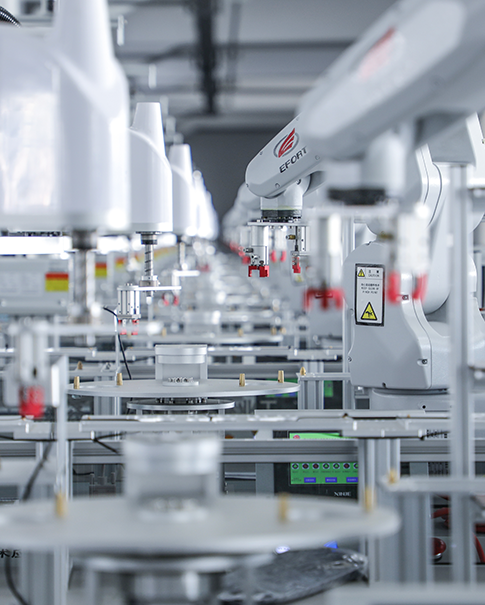The Impact of Automation on the Workforce
February 20,2025
The Growing Concern Over Job Loss
A significant number of workers are anxious about automation's effect on job security. A Pew Research Center survey found that 82% of Americans believe robots will take over most human jobs by 2050. Additionally, 76% of respondents fear that automation will increase income inequality, and only 33% think it will create better-paying jobs.
Due to these concerns, many Americans support restricting automation to hazardous or undesirable jobs. In fact, 85% believe that workforce automation should be limited to such roles. However, a Brookings Institution report suggests that only 25% of U.S. workers hold jobs highly susceptible to automation-related displacement.
Automation as a Response to Labor Shortages
While some view automation as a threat, others see it as a solution to labor shortages. According to a study by the Manufacturing Institute and Deloitte, 22% of skilled workers are set to retire in the next decade. This, combined with industry growth, means companies will need approximately 700,000 additional skilled workers.
Automation could help bridge this labor gap. A white paper from the Association for Advancing Automation suggests that, like the computer age before it, the automation era will introduce new job roles and responsibilities. Additionally, former General Electric CEO Jeff Immelt argues that automation boosts worker productivity, allowing businesses to pay higher wages.
The Evolving Nature of Work
Automation is not just about replacing jobs—it’s about changing the nature of work. Many experts agree that while some traditional roles may disappear, new opportunities will emerge that require different skill sets. As companies integrate AI and robotics into their operations, workers may need to upskill and adapt to evolving job markets.
For instance, automation can complement human labor by taking over repetitive tasks, freeing employees to focus on creative and strategic work. In this way, technology enhances productivity rather than eliminating the need for human workers altogether.
Preparing for an Automated Future
To adapt to the automation revolution, both businesses and workers must prepare for change. Companies should invest in training programs to help employees develop skills relevant to the new job market. Educational institutions also have a role to play in equipping future workers with the necessary technical and problem-solving abilities.
Governments, too, can contribute by developing policies that support workforce transition, such as retraining initiatives and social safety nets. By embracing a proactive approach, society can ensure that automation benefits everyone rather than widening economic disparities.
Conclusion
Automation is undoubtedly transforming the workforce, but its impact is not solely negative. While some jobs may become obsolete, new opportunities will arise, requiring workers to adapt and upskill. Rather than resisting technological progress, businesses, governments, and individuals must work together to ensure that automation leads to a more productive and equitable future.
 Network Supported
Network Supported